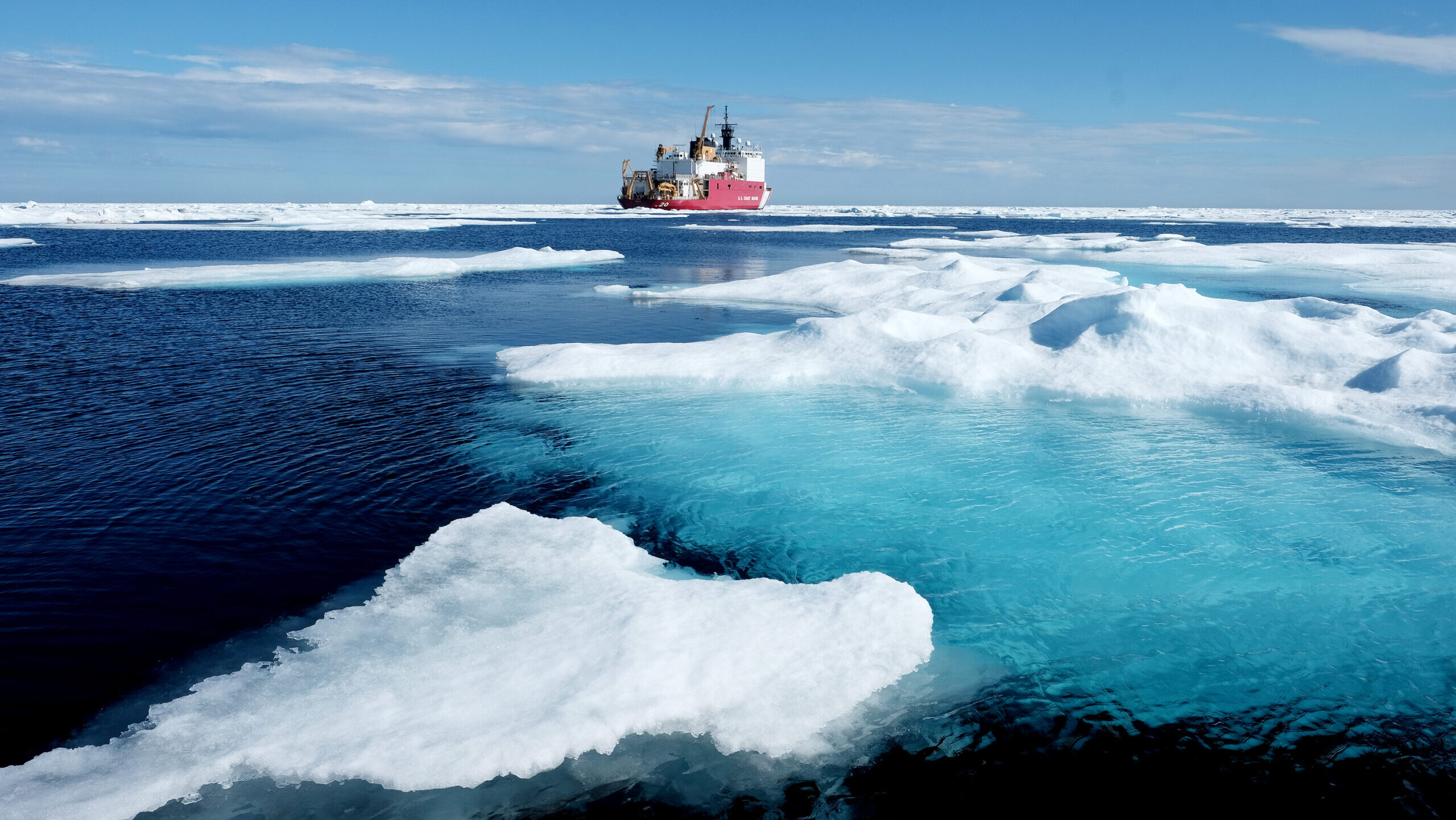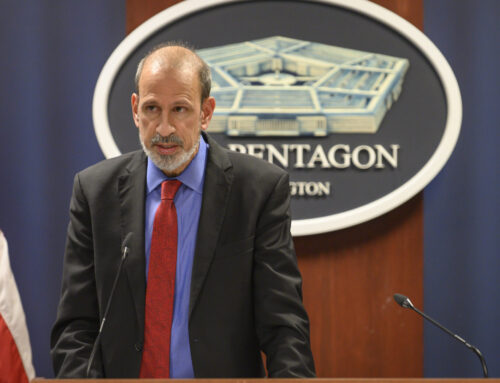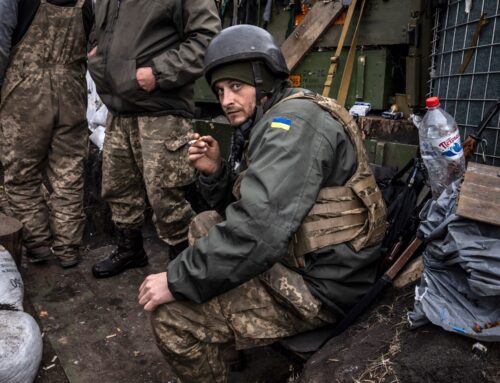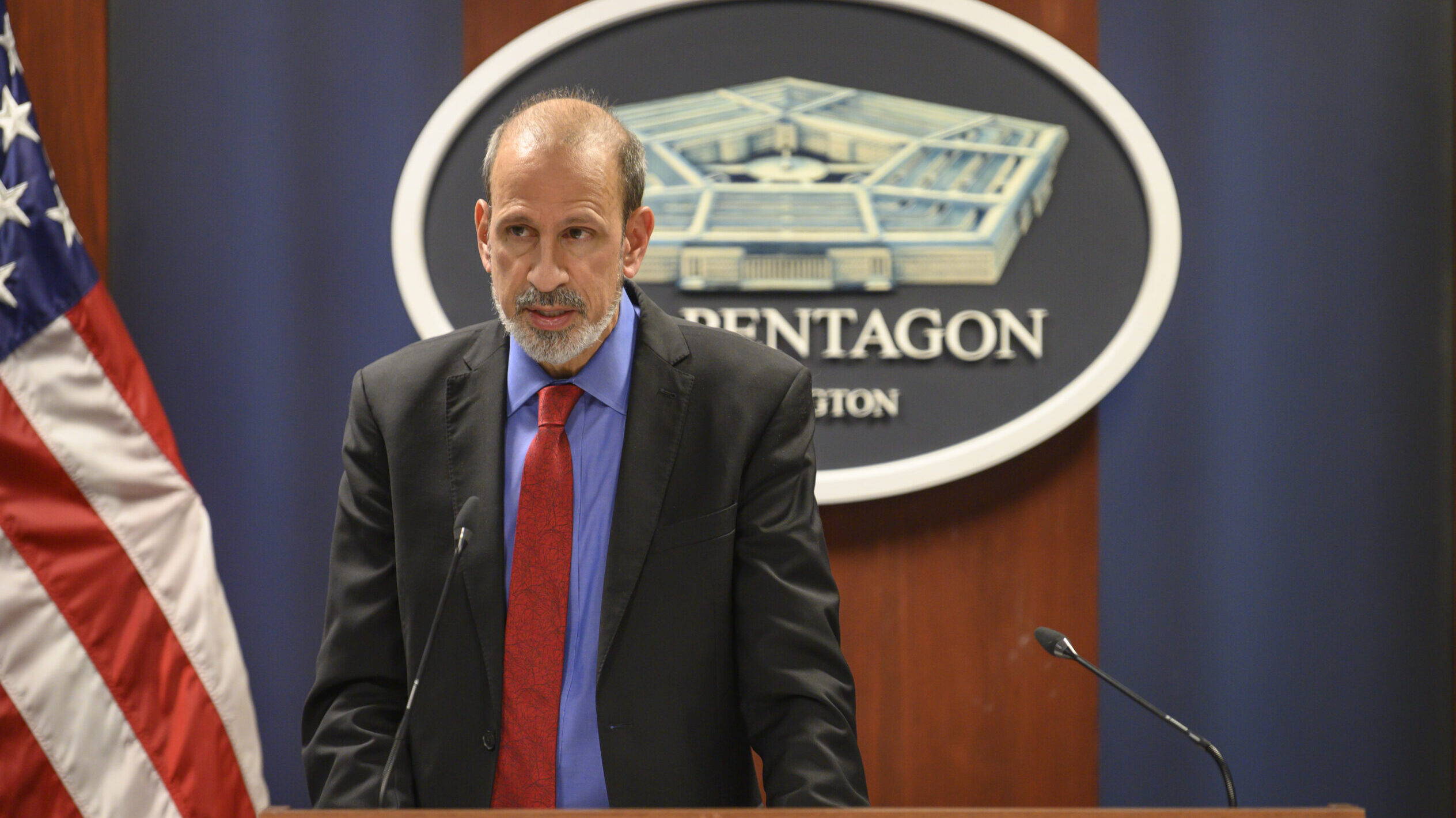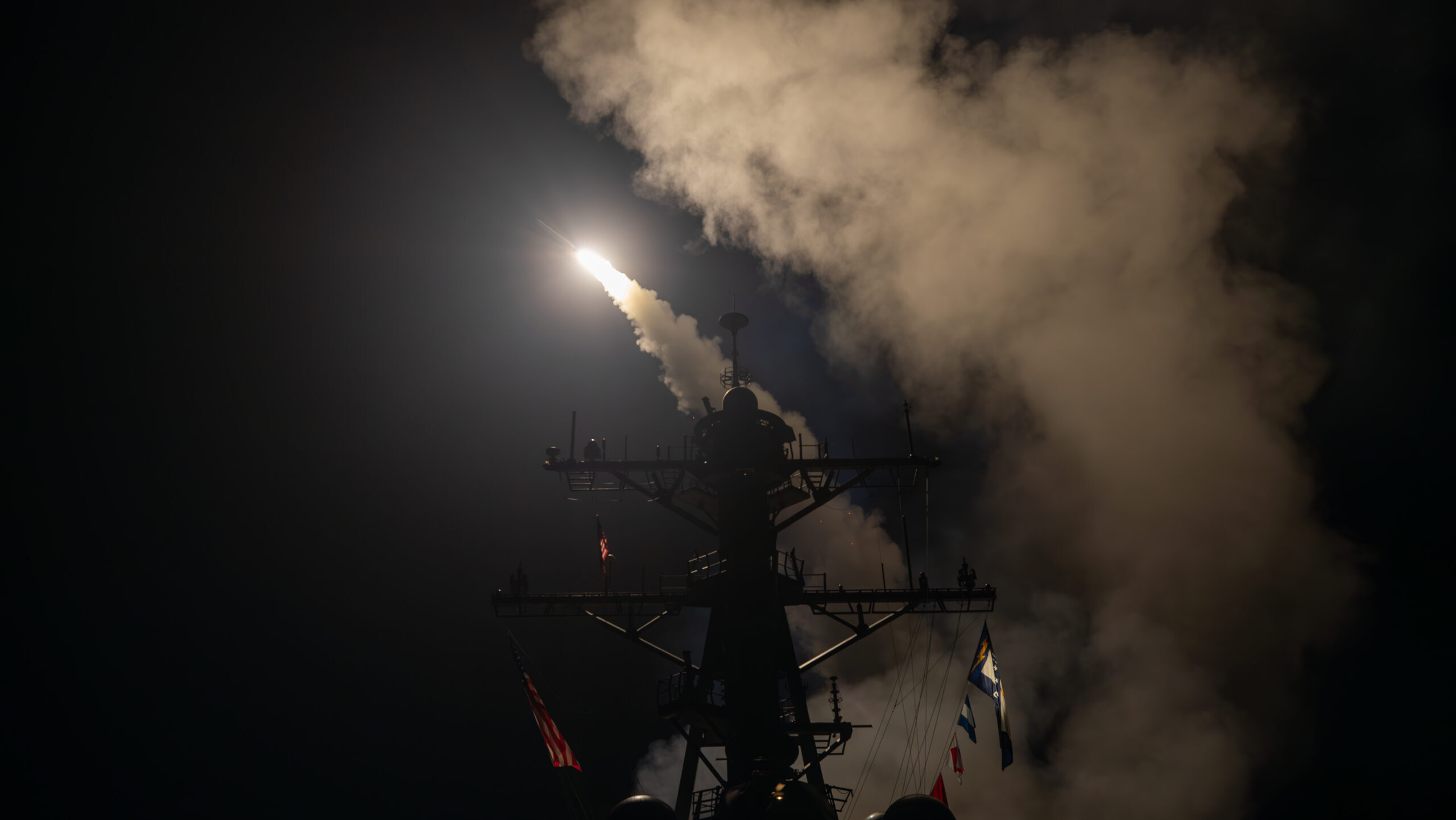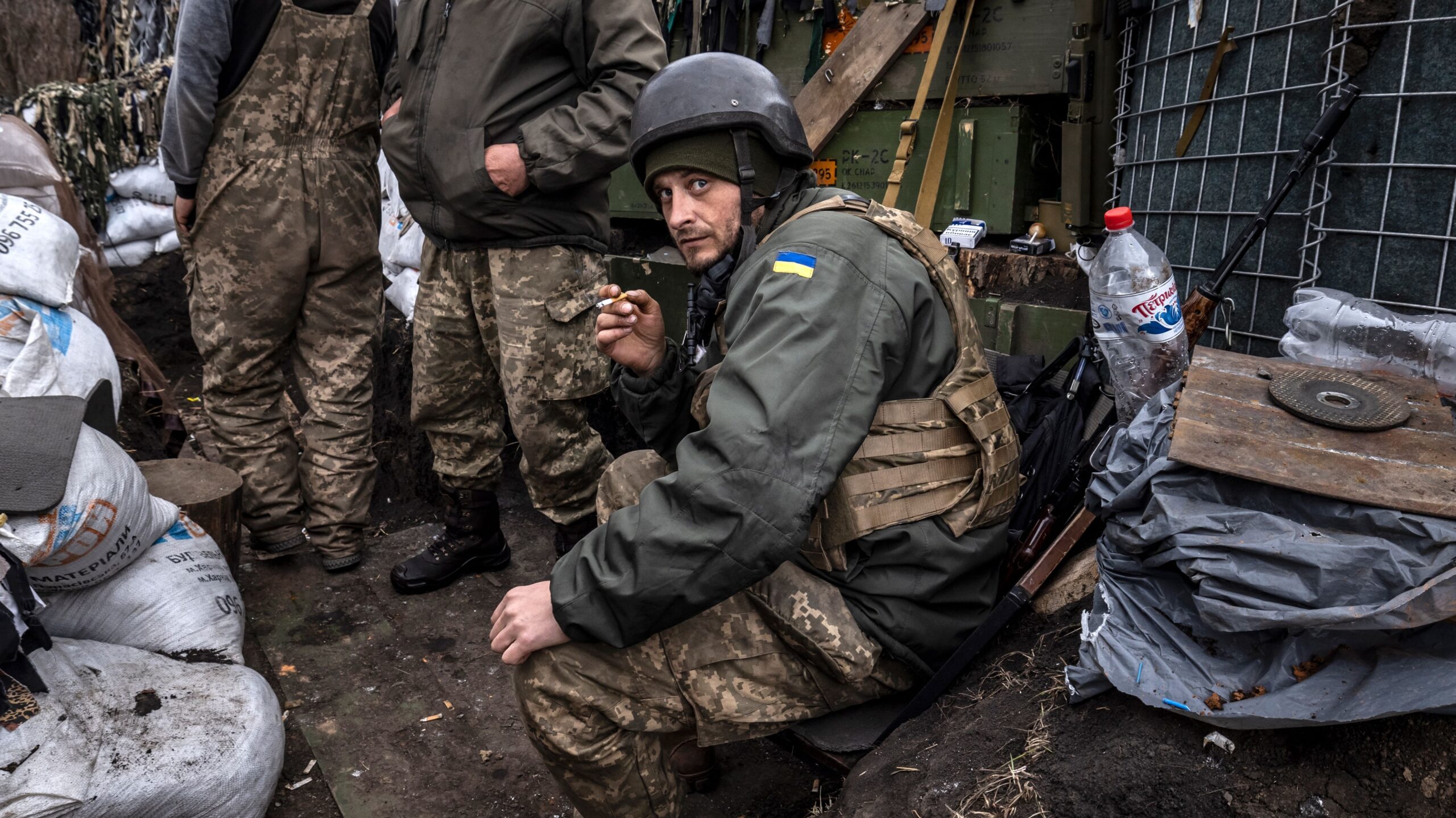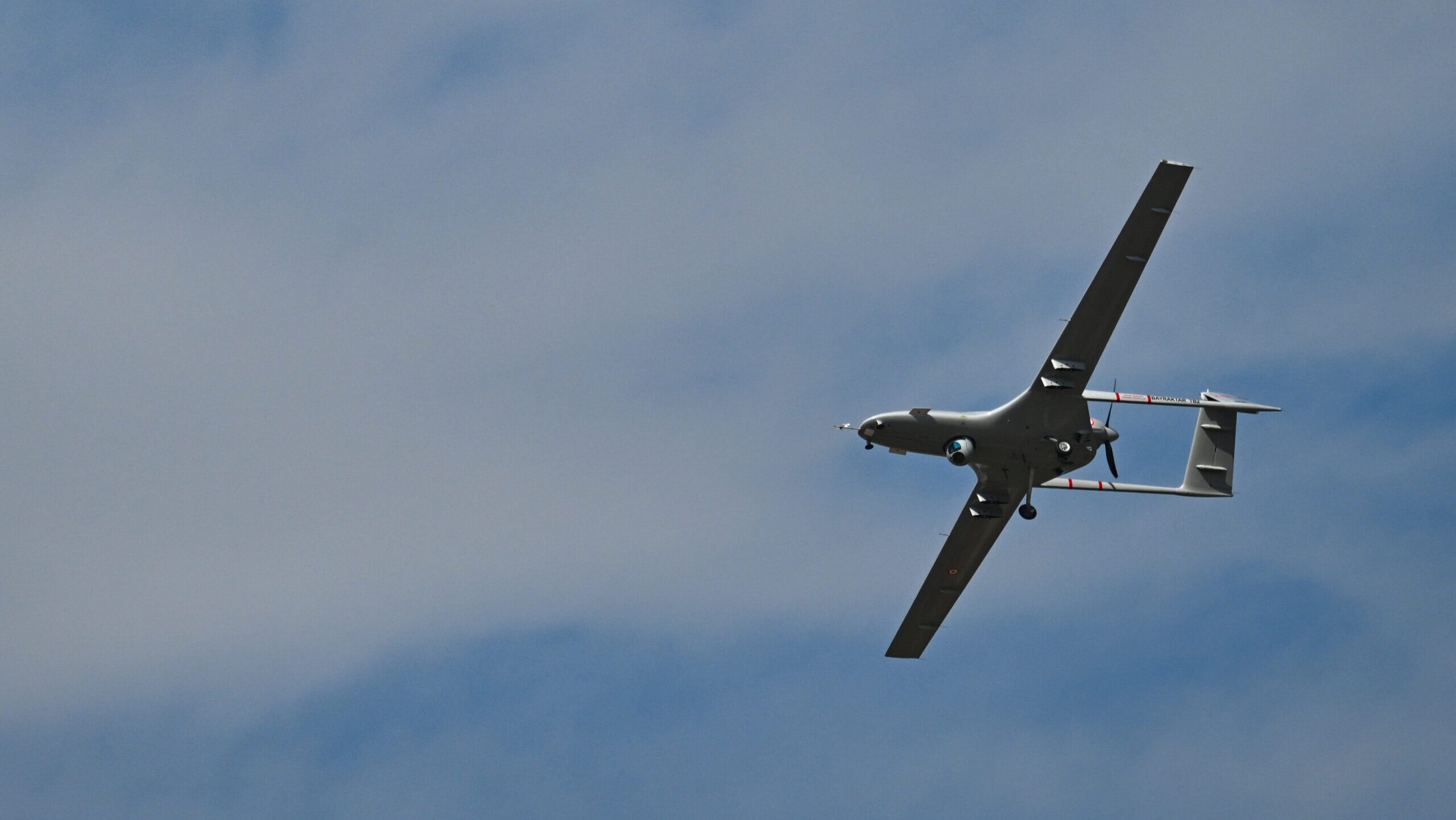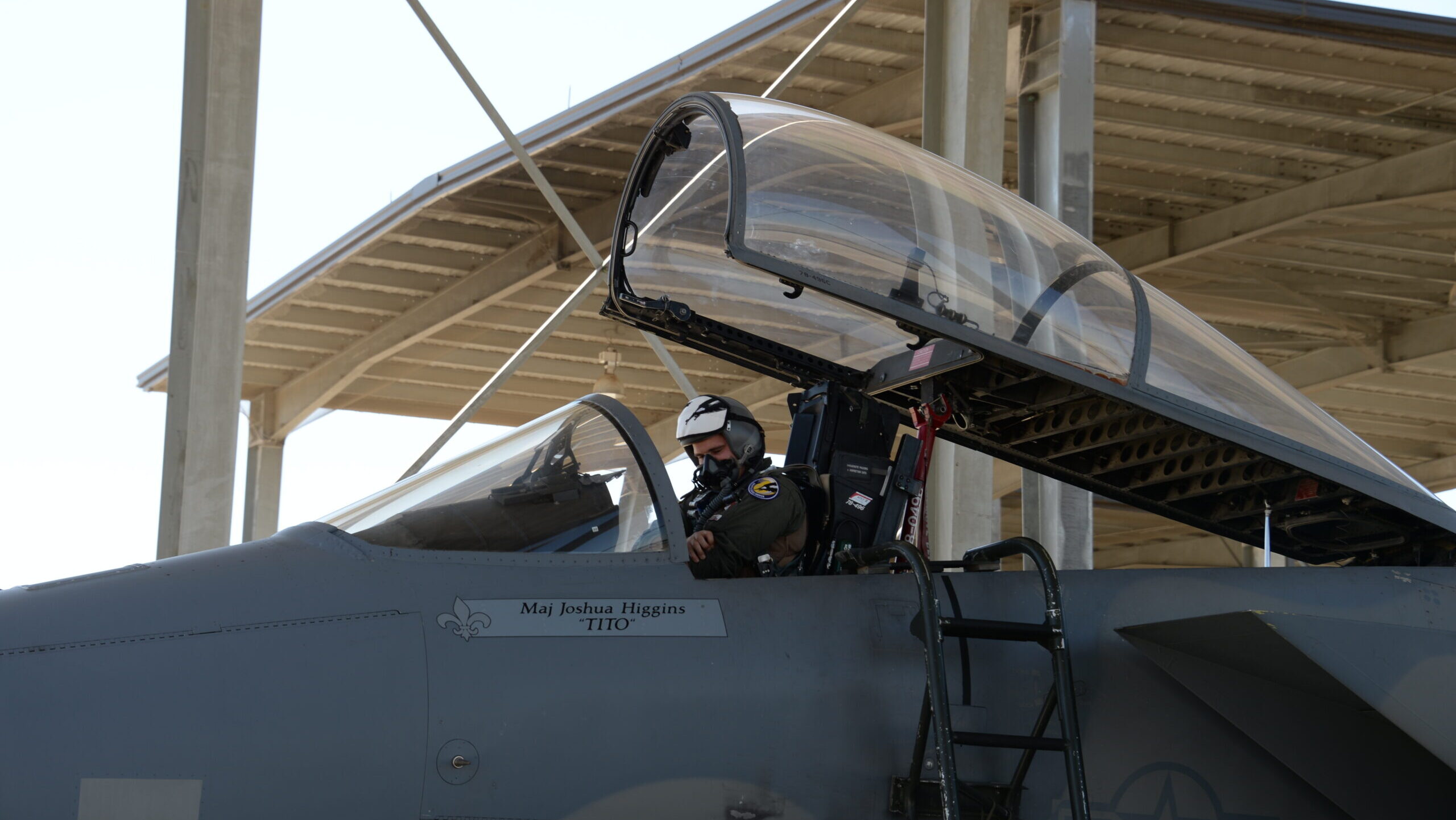ARCTIC OCEAN, AK – JULY 29: Ice floes surround the U.S. Coast Guard Cutter Healy in the Arctic Ocean on July 29, 2017. The cutter is the largest icebreaker in the Coast Guard and serves as a platform for scientific reseach. (Photo by Bonnie Jo Mount/The Washington Post via Getty Images)
For years, Moscow has prioritized the Arctic as a critical pillar of its national security, opening or refurbishing over 50 military bases and scaling up military operations across the region. The United States, meanwhile, with a focus alternating between the Middle East and the Pacific, has largely entrusted Arctic security to its allies and partners in the region.
The problem: One of those key partners, Canada, is by its own admission unprepared to face the Arctic challenge. Unless the US works quickly to help fill that gap, it means American interests in the Arctic are going to be at risk moving forward.
Historically, the United States has been protected by the operational challenges of waging an Arctic offensive in frigid conditions. But the growing prospect of a “Blue Arctic,” ice-free for months out of the year, could allow a great power adversary to deploy military assets right in America’s backyard for the first time in history. Already, Russian and Chinese warships have been seen patrolling together off the coast of Alaska in unprecedented numbers. As the US military’s former top commander for the Arctic, Gen. Terrence J. O’Shaughnessy said, the region is “no longer a fortress wall” and we must be prepared to defend it.
In the Arctic, Russia is not a “pacing threat” as China is in the Indo-Pacific; it is well ahead of the United States. Russia controls nearly 53 percent of the Arctic Ocean’s coastline and has built countless bases across the region. Washington, meanwhile, only maintains six bases and five of them are outside of the Arctic Circle in southern Alaska. As of 2023, the United States Coast Guard possessed only five icebreakers or ice-capable patrol ships which are critical to maintaining a presence in the Arctic. Moscow, meanwhile, has 57 such vessels. It will be years before the American icebreaking fleet is large enough to effectively support large-scale US operations.
In addition to rapidly scaling up its force posture, Russia has also conducted unprecedented naval exercises and harassed American fishing vessels in Arctic waters. Moscow has begun to assert its control over newly expanded shipping lanes through the Arctic like the Northern Sea Route (NSR), declaring certain parts of this route to be internal Russian waters with an aim towards regulating shipping that passes through it.
In the future, Russia may try to expand its control over other Arctic waters closer to the United States and present a direct threat to the homeland and to US operations in Europe and the Indo-Pacific. The United States Navy’s top Arctic commander, Adm. Daryl Caudle fears that Moscow may try to create its own “‘nine-dashed line’ around the North Pole.”
Indisputably, the United States is ill-equipped to face the Arctic challenge alone. To maintain security and stability, the United States Department of Defense (DoD) has increasingly emphasized the role of regional allies and partners as “the core of DoD’s strategy for the Arctic.” Canada remains at the top of the list, but Ottawa’s ability to rise to the occasion has been called into question by experts and officials alike. Canada’s own Minister of National Defense Bill Blair infamously remarked that the Canadian Armed Forces (CAF)’s recruiting problems have sent the organization into a “death spiral.” Meanwhile, Former Vice Admiral Mark Norman described Canada’s military readiness as “borderline atrocious.”
From an American perspective, Canada’s military woes highlight a fundamental weakness of US national security strategy in the Arctic, which depends heavily on collaboration with able partners.
RELATED: ICE Pact: Why the US had to recruit help in race with Russia, China for Arctic icebreakers
Controlling nearly 25 percent of the global Arctic, Canada has a vested interest in Arctic security. Canada currently possesses four operational Arctic and offshore patrol ships (AOPS) with two more set to be delivered by the end of 2024. The CAF maintains 300 full-time military personnel based out of the Yukon and Northwest Territories. These forces conduct joint long-range patrols, provide logistical support, and practice under-ice diving activities. Annually, Operation NANOOK provides an opportunity for Canada to showcase its Arctic capabilities, emphasizing the ability of the CAF to monitor and protect the Arctic. NANOOK provides a crucial opportunity for Canada to work with its close allies and partners — notably the United States — to enhance both Canadian and US capabilities in a region where Canada has far more tactical experience and familiarity with the operational landscape.
But could Canada respond if needed? As of December 2023, the DND reported that only 58 percent of the CAF could respond if called to aid NATO allies. By some estimates, the Canadian air force, navy, and army operate at suboptimal capacities of 45 percent, 46 percent, and 54 percent respectively. Recruitment shortfalls, the mishandling of sex offenses, and resulting personnel shortages have exacerbated these suboptimal operational capacities. The CAF missed its recruitment goal by nearly 16,000 members in 2023 and can anticipate a similar outcome in 2024. Recently, more have left the ranks of the CAF than have joined.
Canada knows the situation is dire and has long sought to revitalize its armed forces, going back to 2017 when it announced plans to grow annual defense spending from $18.9 billion CAD ($14 billion USD) to $32.7 billion by 2026-2027. The DND has redoubled these efforts in recent years with much support from citizens. A March 2024 poll conducted by the Angus Reid Institute revealed that an astounding 53 percent of Canadians say the government should increase its military spending level to 2 percent of GDP or beyond.
The Canadian Government’s 2024 defense policy, Our North, Strong and Free: A Renewed Vision for Canada’s Defence, highlights asserting Canadian sovereignty in the Arctic as the most urgent task facing the CAF. Bold, ambitious, and engaged, this strategy sets lofty goals of achieving defense spending of 1.76 percent by 2029, additional funding of $8.1 billion over the next five years, and spending $73 billion on defense over the next 20 years.
These measures are a critical step in the right direction, but Canada is still fighting an uphill battle. The sprawling timetables of these reforms are at odds with the CAF’s recruitment and retention crises. Newly-procured equipment will be useless without sufficient personnel to operate and maintain it. Furthermore, 62 percent of the aforementioned defense expenditures are estimated to take place between 2027 and 2037. By the time the CAF — and the United States — develop modern Arctic capabilities to counter Russian dominance in the region, the operational landscape could look entirely different.
With Russia’s focus firmly on Ukraine for the foreseeable future, the United States and Canada have a unique opportunity to make up for lost time. In addition to modernizing NORAD, more must be done to combat potential Russian gray zone activity on the ground.
First, the allies should build new joint bases in the Arctic Circle. In a region where difficult environmental conditions ensure that “presence means influence,” these bases would allow Washington and Ottawa to collaboratively monitor and quickly respond to Russian gray zone activities. Units stationed at these bases could gain important experience training alongside each other in Arctic conditions. Once new icebreakers and other ice-capable vessels are delivered, these units could be widely deployed to neutralize Russian provocations across the region.
Second, Washington and Ottawa should increase funding for their respective coast guards. These organizations play a critical role in defending against gray zone activity and currently lack the resources to effectively respond to Russian provocations. For example, when a group of Russian and Chinese ships approached Alaskan shores last fall, they were shadowed by a single United States Coast Guard cutter. Better-equipped coast guards could give the allies more flexibility — and indeed, credibility — to respond to different types of Russian gray zone warfare in both the short and long term.
RELATED: Upcoming DoD Arctic Strategy will engage NATO allies
The United States is in desperate need of a reality check regarding its closest ally’s present capabilities: Right now, Canada cannot be the bulwark of Arctic security and certainly cannot be the linchpin of the US Arctic strategy. Until the capabilities of the CAF have been fortified by the delivery of the DND’s promises, the United States must seriously consider the possibility of going it alone in the Arctic.
Andrew Spafford is the Program Administrator for the Energy, Economics, and Security Program at the Center for a New American Security (CNAS).
Samantha Olson is an M.A. candidate in security studies at Georgetown University. Previously, she served as the Joseph S. Nye, Jr. intern at the Center for a New American Security in the Military, Veterans, and Society program.


